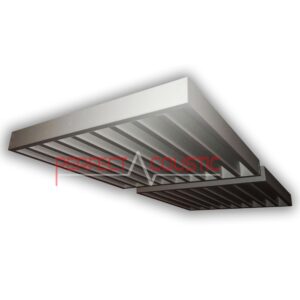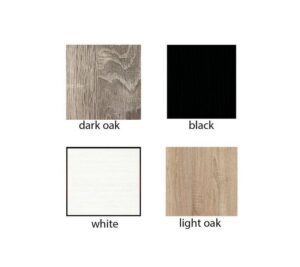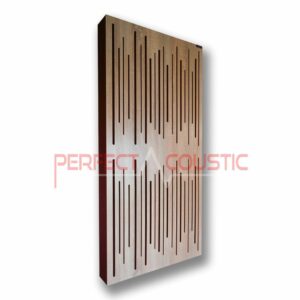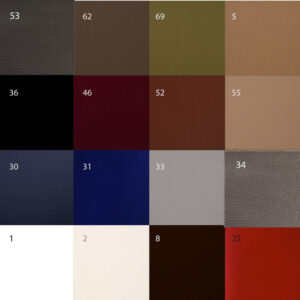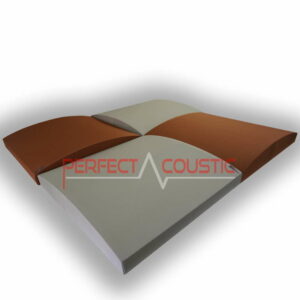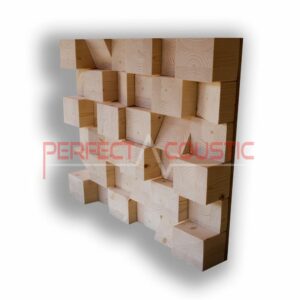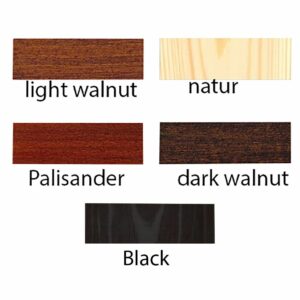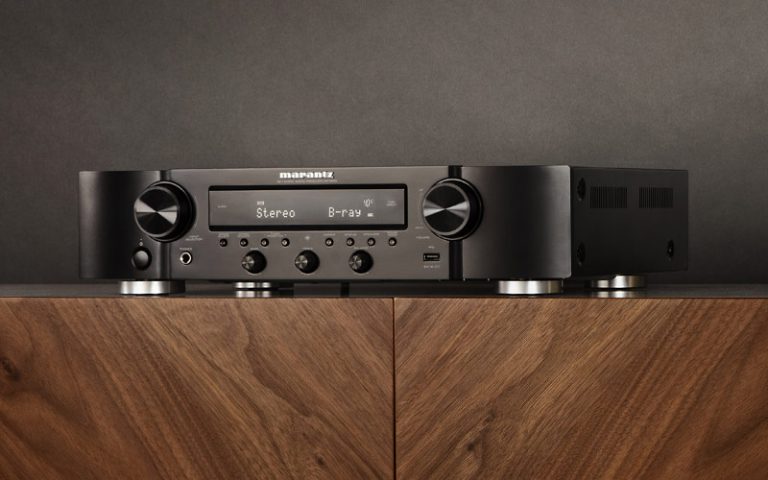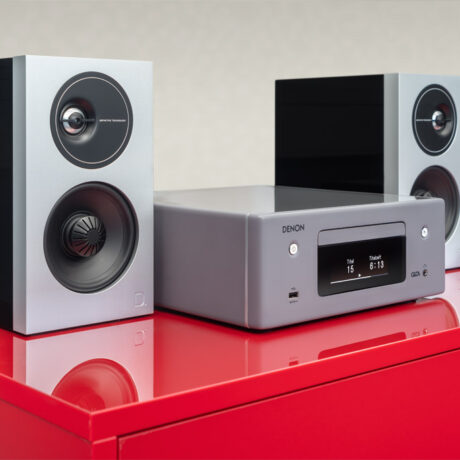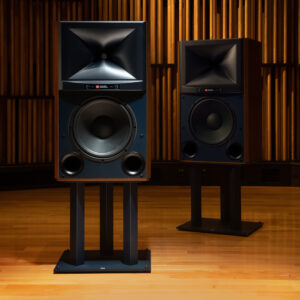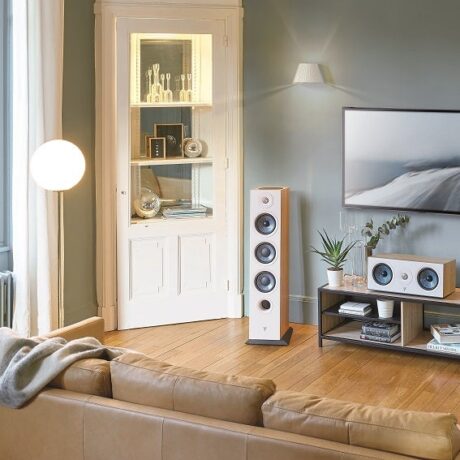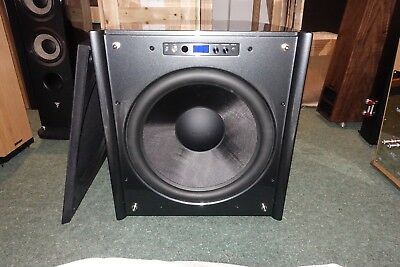Which one to have? HS7 vs HS8 The Great Yamaha Studio Monitor Test
The Yamaha brand is very popular among audiophiles. We tested HS5 and HS8 before, so we were curious to see what kind of sound HS7 provides compared to the HS8 model. The HS series was released in 2005, with a distinctive white gravure cone. The HS series speakers are ideal for studio environments.
Yamaha HS7
The exterior style of the 8.2-weight active studio monitor is sleek, almost minimalist. Available in black and white, the rigid, rugged MDF speaker housing reduces resonance, and the large magnets ensure long life. The matte white subwoofer of Yamaha speakers has become the hallmark of the brand since 1970. The surface of the speaker box repels dust and fingerprints. The tweeter is protected by a grid. This speaker can also be used as a near-field speaker.
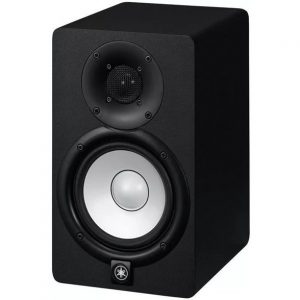
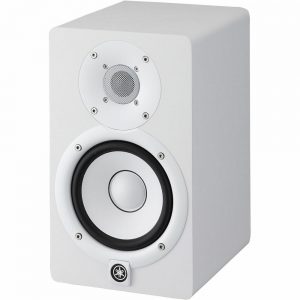
It has a power of 95 watts, of which the subwoofer delivers 60 watts and the tweeter is responsible for 35 watts. The frequency response is 43 Hz-30 kHz. There is a level control on the back of the monitor, as well as Room Control for adjusting the low ranges and High Trim functions for adjusting the treble. It has 2 inputs (TRS, XLR). However, there is no RCA connector on the device.
-
Grid diffuser133 € +Vat
-
Absorption panels with diffuser-Two in one62 € – 296 € +Vat

The ribbed heat sinks were also located on the back of the speaker. When turned on, the Yamaha logo glows a soft white light. It stands out in almost any size room, but you need to pay close attention where you are placing it. It should not be too close to the walls due to unwanted reflections. There should be a minimum distance of 1.5 meters between the walls and the speakers. In larger rooms, you may want to connect a subwoofer if you want to hear more powerful basses. The speakers are extremely easy to install. Electromagnetic and radio frequencies cause interference, so the speakers resonate during a phone call, which may be quite uncomfortable at times.
The sound
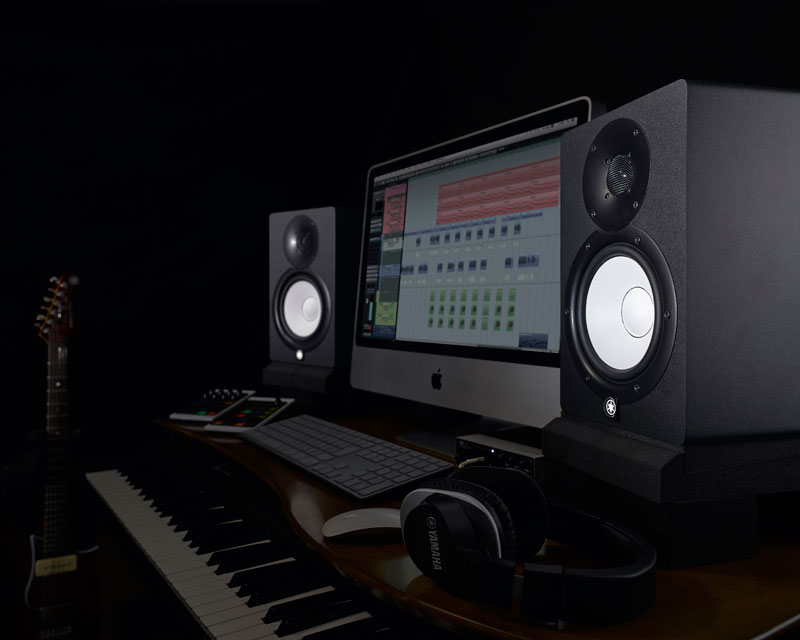
We tested the Yamaha monitor in a 22-square-foot sound studio. We found no flaws in the acoustics of the studio: thanks to the broadband panels and diffusers as well as corner bass traps, the sound of the studio was absolutely ideal. The importance of acoustic treatment must be emphasised, especially in the case of a studio. The quality of the sound recording or sound mixing will be ideal only if the acoustics of the given room are optimal, free of reflections and distortions.
We first listened to the song Get Lucky, performed by Daft Punk and Pharell Williams. We experienced a clear, balanced sound, and the bass, mid and high frequency ranges also sounded quite nice and appropriate. Accuracy and spatiality could have been better, but we were otherwise pleased with its performance.
We kept on with our tests listening to the music by Winterplay Billie Jean. Our tests assessments were akin as we heard pleasant, clear sounds, with ideal mid and high ranges and tight basses produced by the HS7.
Is HS7 or HS8 the right speaker?
We’ve written a test review on the HS8 studio monitor before, so now we didn’t have a hard time comparing the two speakers. If the exterior design and performance are very similar, there were still some differences.
The HS8 is larger and heavier than the HS7, with more power totalling 120 watts. The subwoofer is also larger, that can easily be noticed. The volume and bass of the HS8 are much more intense than that of the HS7 model. We recommend the HS7 for smaller rooms, but if you use it in a larger room, it is advisable to get a subwoofer to help it out, because the sound of the speaker does not fill the larger space and the bass is not percussive enough. Great for jazz, classical or instrumental musics. The HS8 produced so powerful basses that you can get great sound even without a subwoofer. The HS7, on the other hand, sounded nicer and had more vivid mid-ranges. Both monitors showed some flaws in the high ranges, but that could be corrected with the High Trim filter. The lowest sounds at times sounded muffled, which we could improve with the deep filter.
-
3D Sound absorbing panels – Size: 60x60x10cm 3kg49 € – 59 € +Vat
-
Cubic Sound Diffuser 60x60x10108 € +Vat
In summary
Both Yamaha monitors are great for any size room. Do not place the speakers directly against the wall, place them at least one and a half meters away from it. The bass and volume of the HS8 are quite convincing, but the price is more expensive than that of the HS7, nevertheless, it definitely worths its price! However, keep in mind that in a room or studio without previous acoustic treatment, the HS8 bass output will not be adequate either!
HS7
Weight: 8.2 kg
Frequency response: 43 Hz-30kHz
Power: 95 Watts
-ideal for any size room
-deep and tight sound output
-smooth, balanced sound
-very good mid-range
-a subwoofer is recommended to complete the basses
HS8
Weight: 10.2 kg
Frequency response: 38 Hz-30 kHz
Power: 120 Watts
-recommended for any size room
-accurate, close output
-clear, honest, neutral sound
-middle range could be better
-beat basses, does not require a separate subwoofer
G. H.
Written by Róbert Polgár

